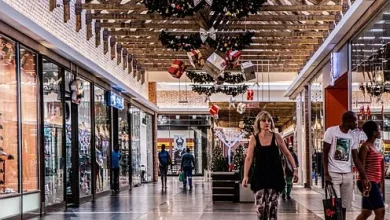Analysis
How retailers can optimise their digital strategies for a post-lockdown world
By Liam Patterson, CEO and founder at Bidnamic

As we pass the anniversary of the first national lockdown, many retailers are pausing to reflect on how the past year has impacted their business. While some have struggled to adapt others have thrived, seeing restrictions as an opportunity to attract new customers through Google Shopping and e-commerce platforms.
You'll need to
subscribe to unlock this content. Already subscribed? Login?






